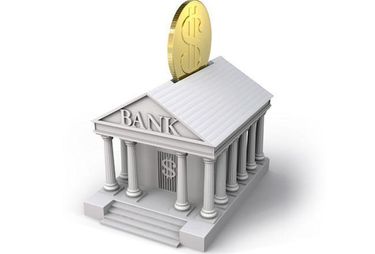Basic Facts About Bank Reconciliation

What Is Bank Reconciliation?
A bank reconciliation is matching the balances in an entity's accounting records for a cash account to the information on a bank statement. The reason for this is to ascertain the differences between the two and to make sure the accounting records as appropriate. The bank statement is the bank's record for all the transactions carried out on an entity’s account during the past month.
It is strongly advised to complete your bank reconciliation on a regular interval for all your bank accounts, to make sure the company’s cash records are correct. Otherwise, you may find that the cash balances are much lower than expected, resulting in bounced checks and overdraft fees. A bank reconciliation will help you checkmate any fraudulent activities; this can help you design a better control over the issuance of receipt and receiving of cash payments.
If you execute transactions on your bank account regularly, then there might not be a need for regular bank reconciliation. It is advised you terminate the account, or transfer all the remaining funds into an active account. By so doing you can use to this residual funds for some new investment, making it easy to monitor the status of your investment.
3 Common Terminologies Use in Bank Reconciliation
The useful terms you need to be aware of when dealing with bank reconciliation are:
- Deposit in transit. These can be either cash or checks that have been received and recorded by an entity but are yet to be recorded in the bank where the entity deposits the fund. In a scenario where this happens at the end of the month, these deposits will not appear in the entities bank statement, leaving it to be a reconciling item with the bank. A deposit in transit most times happens when deposit arrives the bank too late for it to be recorded among the transactions for the day or the entity has failed to send the deposit to the bank at all.
- Outstanding check. these are checks already issued out by the entity, but has not been cleared yet, i.e the cash is yet to be deducted from the entities account. If these check is not cleared by the bank at the end of the month, it will not appear in the bank statement for that month, leaving the check a reconciling item in the end of the month bank reconciliation.
- NSF check. NSF is an acronym “Not sufficient funds”. These are checks dishonored by the bank on the ground that the entity bank account does not have sufficient funds to execute the transaction. If the entity still wishes to go ahead with the transaction, he may be charged a processing fee by the bank.
3 Reasons Why You Need to Prepare a Bank Reconciliation
The major reasons why you need to prepare a bank reconciliation are listed below:
- You need a bank reconciliation to confirm the cash recorded in the company’s balance sheet is the actual amount generated by the company. The addition and subtraction in the bank statement are reconciled with the items registered in the company general cash account.
- Most companies now use double entry bookkeeping, making it easy to detect errors or omission through reconciling the general cash book with the general ledger cash account. Bank reconciliation can help prevent the company from an incorrect balance sheet.
- Bank reconciliation helps to monitor cash flow in the company, if executed by someone from outside the company’s payroll. Having an external body reconcile the bank statement is known as segregation of duties, these helps in reducing any dishonest acts involving funds.
Six Steps on How my Bank Reconciliation Procedure
The following are the steps you need for a proper reconciliation.
- Comparison: you start out by comparing the company’s bank statement with the general ledger cash book. Check off all the items that match. This part of reconciliation ensures all recorded items have been properly cleared in the company’s bank account.
- Add deposit: once you done with the comparison, note all items that remain on the company’s general ledger. Add all deposits in transit to the ending balance.
- Outstanding checks: deduct all outstanding checks from the ending balance. These checks may have been deducted from your check register, but have not been cleared by the bank.
- Bank errors: add or subtract any bank errors to the ending balance. A typical example would be having incorrect deposit amounts and incorrect debits.
- Interest earned: add any interest earned if you have an interest bearing account.
- Check register reconciliation: deduct all bank service charges. Services charge could be check overage fees, account maintenance fees, wire transfer charges, e.t.c
- Check register errors: add or deduct errors in the check register. The errors can be posting payments that were not a cash transaction.
rinehimerbaker

